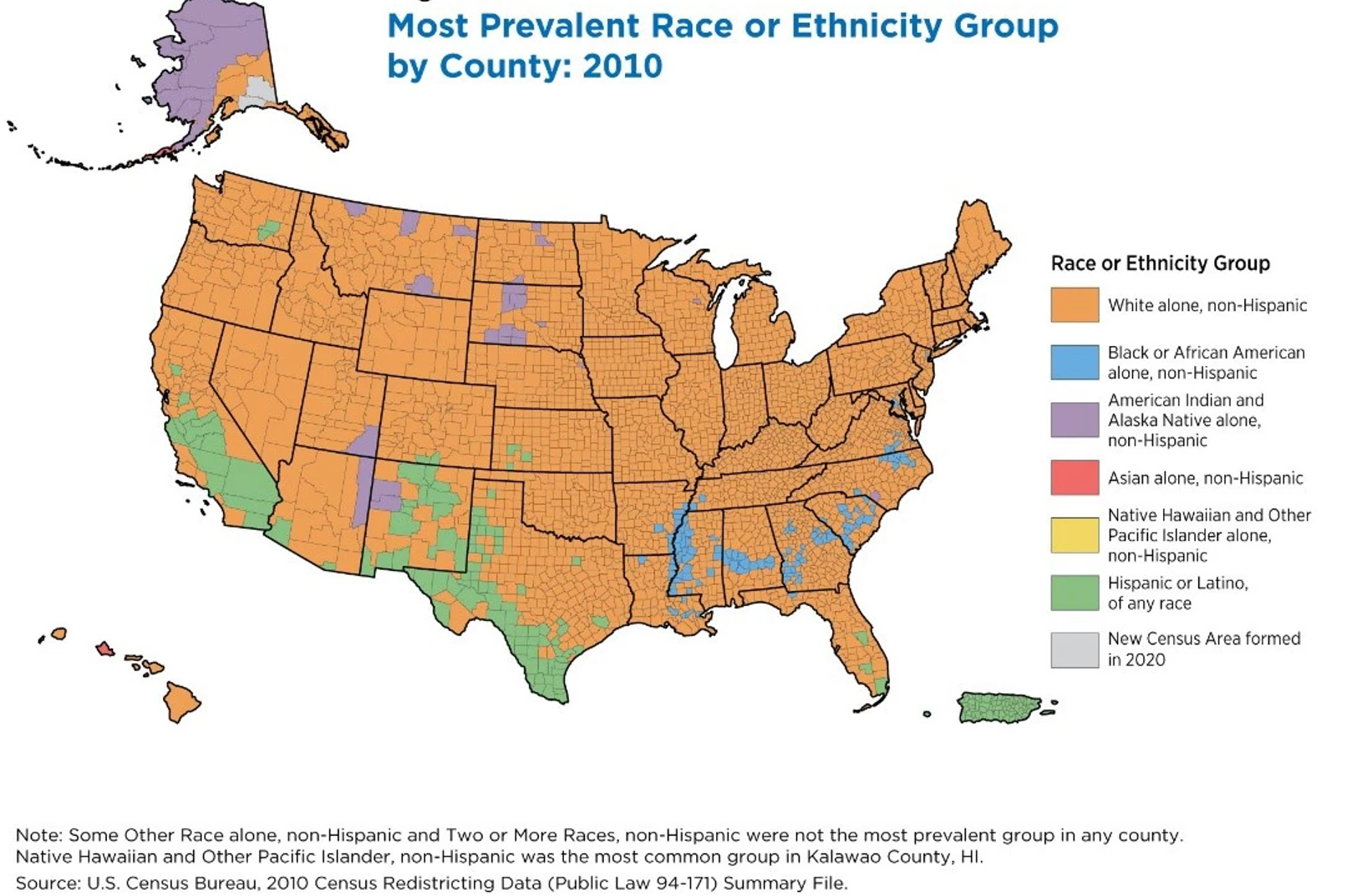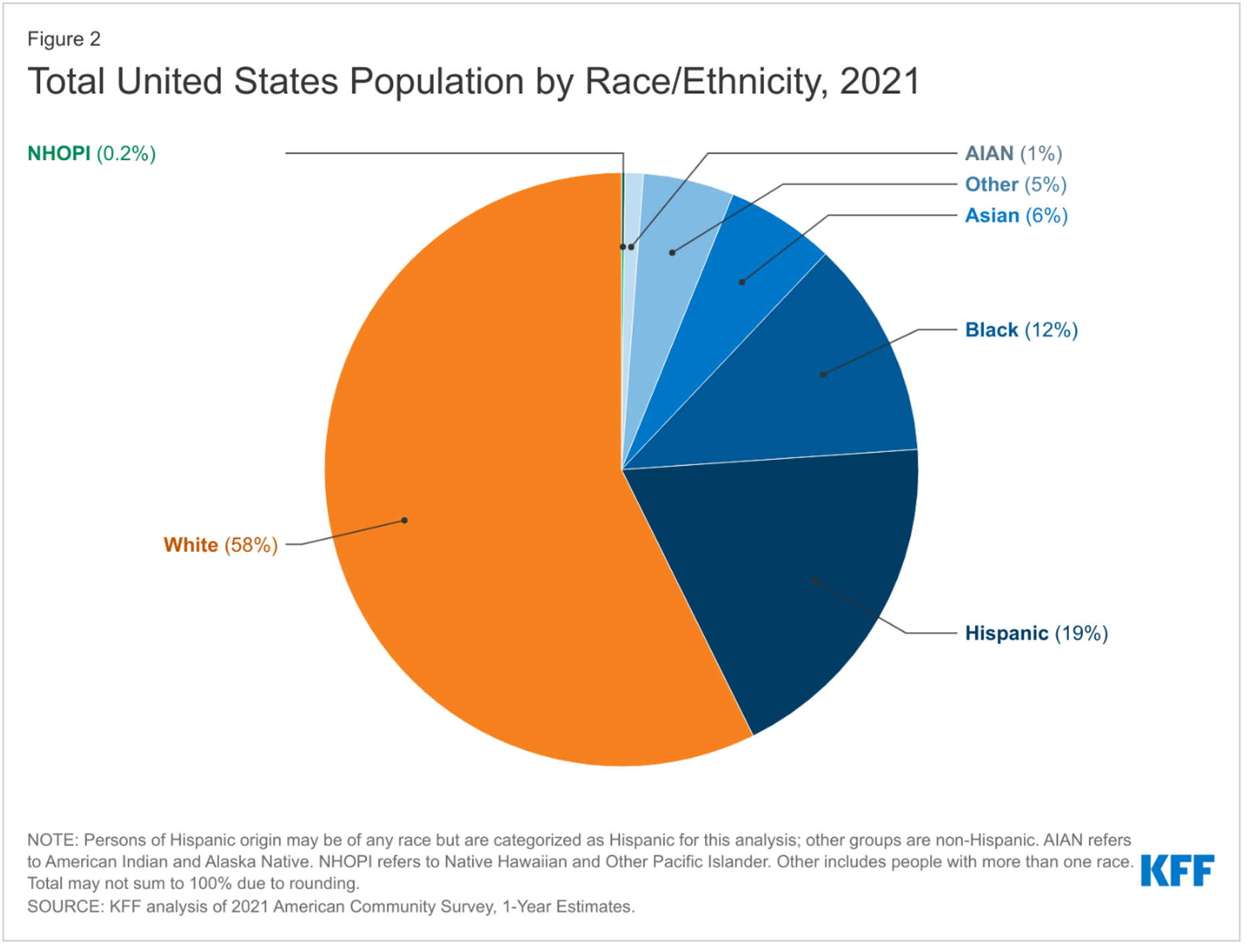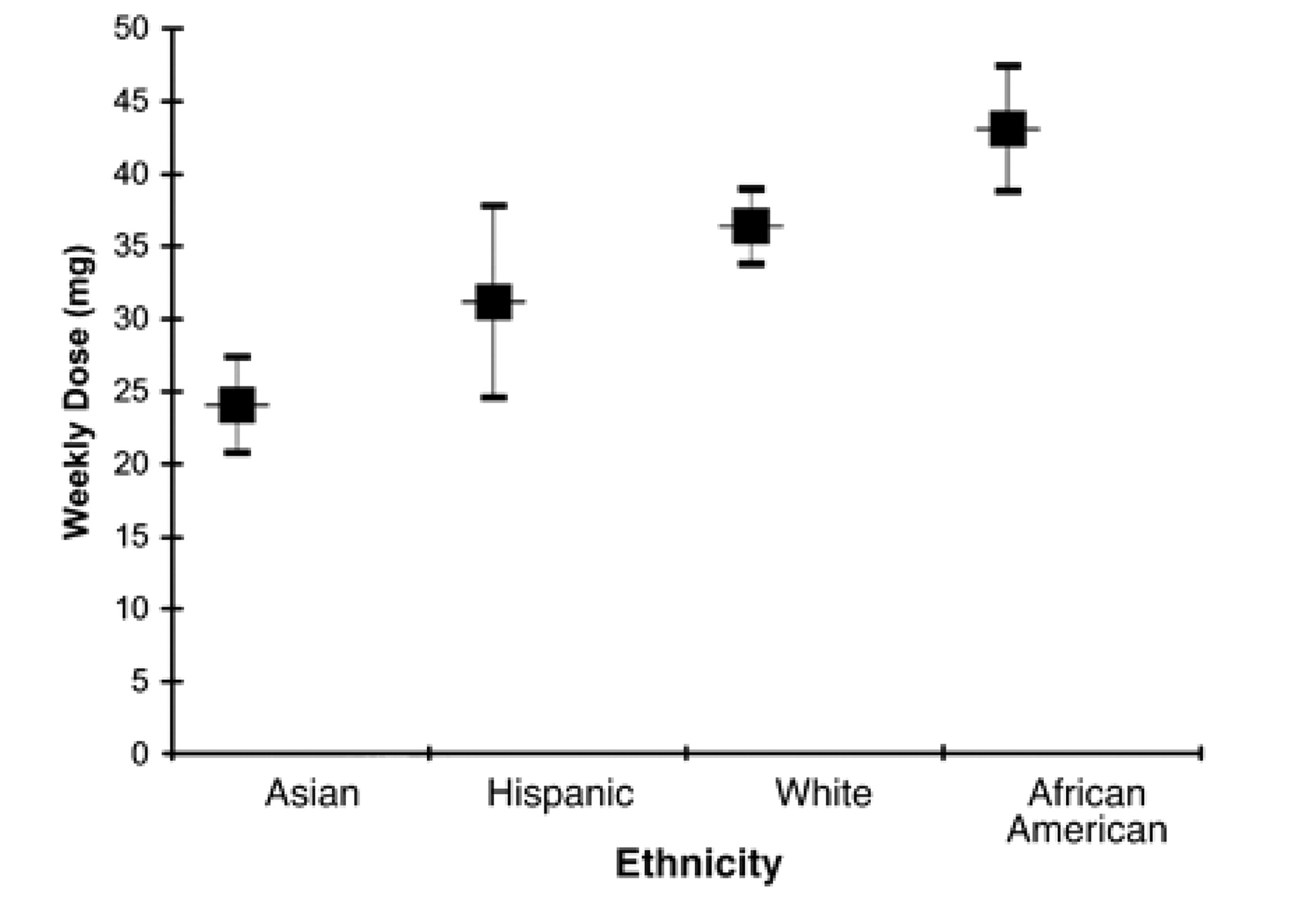Getting it Wrong: Are We Missing the Most Critical Point When it Comes to Achieving Clinical Trial Diversity?
There is a growing need to refocus efforts on how diversity is achieved in clinical trials, because some are doing it wrong despite their best intentions.
In November 2021, I wrote a paper published in Applied Clinical Trials (ACT) titled Politically Incorrect Diversity in Clinical Trials. Since that time, quite a number of papers have been published in ACT on the topic, and the FDA published draft guidance in April 2022.1
Image credit: wladimir1804 | stock.adobe.com

None of this is new, as I demonstrated in November 2021—thought leadership in the space goes back at least 20 years, and likely well beyond that. So, why aren’t we seeing as much progress as we might expect at this point? Well, simply put, we need to refocus our efforts on how we achieve diversity in clinical trials, because some people are doing it wrong, despite best intentions.
The objective of this paper is not to rehash what has been said before, not at any length anyway. There has been much constructive discourse on this topic, but within these conversations, the topic of clinical trial diversity often gets muddled up with the topics of health equity and gender equality, which is unsurprising, as the FDA’s draft guidance does reference these dimensions as part of the rationale for “diversity.”
At the crux of the matter, however, is not diversity at all, but representation, as I have previously contended, and that is quite a different thing altogether, as I’ll explore in this article. As a quick refresher—and in line with the draft guidance—let’s quickly examine a summary of some of the considerations that should be made when designing and executing a clinical trial to obtain the appropriate representative treatment population:
Design a good study
- Ensure inclusion and exclusion criteria don’t exclude segments of the population.
- Modify follow-up requirements to allow those who can’t make it to the clinic to participate (work, especially hourly paid, remote locations, mobility issues, etc.), as some sites are better than others at finding these potential subjects.
- Consider use of decentralized trial (DCT) methodologies, including home visits and telemedicine instead of in-person visits – use of this technology and techniques may allow you to bring your trial to where the population of interest actually exists The FDA in the US specifically calls out use of DCT for this purpose in final guidance on DCTs published May 2023.2
Pick the right sites
- If you focus on, say, Northern Minnesota and Wisconsin, where I live, you’ll get all the Scandinavian-descent Caucasians you could possibly want – and precious little else. You will, however, be accessing a relatively low-income population with very limited access to healthcare, so there’s that to consider, as it may help make your study population more representative. Pick sites where your target population is likely to be found, i.e., the demographics of the site should reflect the demographics of your target population.
Figure 1. Source: US Census Bureau. 2010 Census Redistricting Data (Public Law 94-171) Summary File.

Engage the right people
- Many minority populations are suspicious of clinical trials3—and not without good reason, given the past horrors of Willowbrook,4 Tuskeegee,5 and the Havasupai Genetics case.6 It’s important to engage credible investigators who are members of the target population, and who understand their culture and concerns of their community—respected members of the community who people listen to.
Readers are encouraged to review my November 2021 ACT publication for a more in-depth treatment of the above topics. A comprehensive treatment of steps that can be taken can be found in Kelsey et al. “Inclusion and Diversity in Clinical Trials: Actionable Steps to Drive Lasting Change” with a free manuscript available at the link cited below.7
Harvard Business Review has also published a brief easy-read overview that may be of interest, especially as the very first point addresses the critical issue people are getting wrong in their pursuit of diversity in clinical trials in the aptly named “Addressing Demographic Disparities in Clinical Trials.”8
Getting it Wrong: Diversity vs Representation—The Importance of Language
How those involved in the execution of trials interpret the FDA draft guidance and some publications on diversity can be indicative of success in achieving said diversity. This interpretation may be a result of the very term itself, which is why the term “representative sample” is preferable.
Doing it wrong by simply trying to get more persons of sub-Saharan African, Asian, or Hispanic (notably meso-American) descent, is quite unlikely to be successful in obtaining a representative population. The damage done by the Havasupai Genetics case, referenced above, has had a dramatically negative effect on recruitment of American Indian/Native populations, to the point where obtaining research subjects from this group is challenging indeed.
Similarly, anotherless-than-optimal practice recently seen is to attempt to recruit a study population that looks like the broader US population—Caucasians 57.8%, Hispanics 18.7%, etc (Figure 2).9
Figure 2. Source: KFF analysis of of 2021 American Community Survey. 1-Year Estimates.

The problem here, that sponsors unwittingly get into, is that simply recruiting more of sub-population X often misses the point. It’s not that the point is somehow hidden, or difficult to uncover—it is present in the guidance, quite prominently—and likewise in the prestigious New England Journal of Medicine (NEJM), which recently published the following requirement for papers submitted for publication:
“…as of January 1, 2022, we will require, as a new step, that authors of research studies prepare a supplementary table that provides background information on the disease, problem, or condition and the representativeness of the study group, to be posted with the article at the time of publication online.”10
The key phrase in NEJM’s new requirement is “representativeness of the study group.” It is this dimension that needs to be explored more robustly.
Getting Representation Right
As previously alluded to, simply replicating the population at large, in the United States or anywhere else for that matter, is almost always not the most constructive thing to do. What the FDA wants, what NEJM calls for, and even Harvard Business Review acknowledges, is a representative patient sample—and that, fundamentally, is about the science—the clinical implications in fact.
The FDA uses a simple example in their draft guidance with respect to a medical device—pulse oximeters whose performance may be affected by skin pigmentation. It should be obvious that varying skin colors may affect plethysmography, but how would you know if you do not enroll sufficient patient numbers in your trial who have differing skin pigmentation?
In this simple example, a representative patient sample to validate clinical performance may mirror the population at large, because that population reflects the persons in whom the technology will be used. Notably, however, analytical validation—assurance that it actually works in persons with differing levels of skin pigmentation—may require populationally disproportionate numbers of people in the various categories of skin pigmentation to analytically validate that the method works across skin tones, separate from the clinical validation, therefore careful calculation of sample sizes will be needed.11
The astute reader may be now thinking “that’s what he said NOT to do earlier.” Well, not quite, as the focus here is on representativeness. Consider for a moment disease states that are more prevalent in one population than another.
This may be due to genetics, sex, race, ethnicity, environment, historic access to healthcare, or many other factors. The point is differences in epidemiology exist.
Taylor, in “Racial Differences and Racial Disparities: The Distinction Matters”12 commenting on work by Kilic et al.,13 said that “…we are still left with differences sorting along traditionally defined ‘racial’ population groups that have an important impact on disease etiology, expression, and treatment.”
How is this expressed in specific disease states? In an 8370-person study looking at cardiovascular risk factors conducted between 2011-2018, which race/ethnicity do you think had the highest rate of diabetes mellitus (DM)? This is one of those questions where people often respond “well, everyone knows that is…” and they’re usually wrong.
In this large, well-conducted study, Mexican Americans (n=1220) showed a prevalence of 28.6%, which is equal to the group most people often pick, persons of non-Caucasian sub-Saharan African descent (28.6%). Nearly as high were non-Hispanic Asians at 23.1% (n=1046). By way of interest Non-Hispanic Whites (n=3097) came in at 14.6%.14
So, there’s obviously a prevalence difference present. Bear in mind, especially in relatively recent immigrant communities, prevalence may vary geographically. One cannot just assume that what is present at a nation-wide level is necessarily present in any given locale, and hence understanding site population and selections is critical.
It has been known for quite some time (since at least 1982) that there are racial and possibly ethnic differences in the effectiveness of β-blockers and diuretics in the treatment of cardiac disease.15 Similarly, marked differences exist in the amount of warfarin needed to achieve and maintain a therapeutic INR for anti-coagulation therapy in different racial/ethnic groups, as Figure 3 from Dang et al. illustrates.
Figure 3. Credit: Dang MT, Hambleton J, Kayser SR. The influence of ethnicity on warfarin dosage requirement. Ann Pharmacother. 2005; 39: 1008–1012

What should be obvious is that responses to treatment modalities do vary between different groups—pharmacogenetics has shown that definitively in some diseases studied. Additionally, if different populations may be taking differing levels of treatment for comorbid conditions that your therapy is intended to treat, then it is possible, perhaps even likely, that differing levels of adverse effects and/or interactions may be present that may impact the efficacy of your investigational product.
In order to get your clinical study design “right,” you need to define what the population incidence and prevalence is for the product you are bringing to market, for the specific disease state you are targeting for your therapy, and explore those other factors that may end up confounding your results. In other words, as the FDA says in their draft guidance:
“Specify goals for enrollment of underrepresented racial and ethnic participants e.g., based on the epidemiology of the disease and/or based on a priori information that may impact outcomes across racial and ethnic groups.”
When you think about it for a moment, such an activity is fundamental to all the other activities designed to achieve a representative patient sample: site selection, inclusion/exclusion criteria, community outreach etc. What isn’t helpful is to ignore the features of the population that make a real difference: race, ethnicity, socioeconomic determinants of health, and outcomes, including access to care and follow-up, etc.
Simply mirroring the general population at large is missing the point.
About the Author
Tim Pratt, Executive Director and Global Head Medical Device & Diagnostics, ICON plc.
References
- FDA. Diversity Plans to Improve Enrollment of Participants from Underrepresented Racial and Ethnic Populations in Clinical Trials Guidance for Industry. https://www.fda.gov/media/157635/download. Accessed 01 May 2023
- Decentralized Clinical Trials for Drugs, Biological Products, and Devices, Section III.D.1, US FDA, May 2023
- Best Practices for Addressing Diversity in Clinical Trials (pharmanewsintel.com) Accessed 03 May 2023
- https://timeline.com/willowbrook-the-institution-that-shocked-a-nation-into-changing-its-laws-c847acb44e0d. Accessed 01 May 2023
- https://en.wikipedia.org/wiki/Tuskegee_Syphilis_Study#:~:text=The%20Tuskegee%20Study%20of%20Untreated%20Syphilis%20in%20the,of%20nearly%20400%20African%20American%20men%20with%20syphilis. Accessed 01 May 2023
- Garrison NA. Genomic Justice for Native Americans: Impact of the Havasupai Case on Genetic Research. Sci Technol Human Values. 2013;38(2):201-223. doi: 10.1177/0162243912470009. Epub 2012 Dec 21. PMID: 28216801; PMCID: PMC5310710.
- Kelsey MD, Patrick-Lake B, Abdulai R, et al. Inclusion and diversity in clinical trials: Actionable steps to drive lasting change. Contemp Clin Trials. 2022;116:106740. doi:10.1016/j.cct.2022.106740 Available at https://www.ncbi.nlm.nih.gov/pmc/articles/PMC9133187/ accessed 03 May 2023
- https://hbr.org/2021/06/addressing-demographic-disparities-in-clinical-trials Accessed 01 May 2023
- Racial and Ethnic Diversity in the United States: 2010 Census and 2020 Census". U.S. Census Bureau. August 12, 2021 https://www.census.gov/library/visualizations/interactive/racial-and-ethnic-diversity-in-the-united-states-2010-and-2020-census.html Accessed 01 May 2023
- https://www.nejm.org/doi/full/10.1056/NEJMe2114651 Accessed 03 May 2023
- https://www.fda.gov/media/157635/download Section V Table 1 Part 3.B aAcessed 01 May 2023
- Taylor A., Racial Differences and Racial Disparities: The Distinction Matters. Circulation. 2015;131:848–850
- Kilic A, Higgins RSD, Whitson BA, Kilic A.Racial disparities in outcomes of adult heart transplant. Circulation. 2015; 131:882–889.
- Lopez-Neyman, S.M., Davis, K., Zohoori, N. et al. Racial disparities and prevalence of cardiovascular disease risk factors, cardiometabolic risk factors, and cardiovascular health metrics among US adults: NHANES 2011–2018. Sci Rep 12, 19475 (2022). https://doi.org/10.1038/s41598-022-21878-x
- Comparison of propranolol and hydrochlorothiazide for the initial treatment of hypertension. II. Results of long-term therapy. Veterans Administration Cooperative Study Group on Antihypertensive Agents. JAMA. 1982;248(16):2004-2011.
- Dang MT, Hambleton J, Kayser SR. The influence of ethnicity on warfarin dosage requirement. Ann Pharmacother. 2005; 39: 1008–1012
Improving Relationships and Diversifying the Site Selection Process
April 17th 2025In this episode of the Applied Clinical Trials Podcast, Liz Beatty, co-founder and chief strategy officer, Inato, discusses a number of topics around site engagement including community-based sites, the role of technology in improving site/sponsor relationships, how increased operational costs are impacting the industry, and more.
Reaching Diverse Patient Populations With Personalized Treatment Methods
January 20th 2025Daejin Abidoye, head of solid tumors, oncology development, AbbVie, discusses a number of topics around diversity in clinical research including industry’s greatest challenges in reaching diverse patient populations, personalized treatment methods, recruitment strategies, and more.